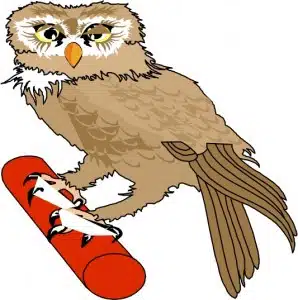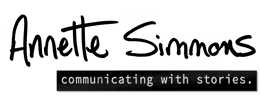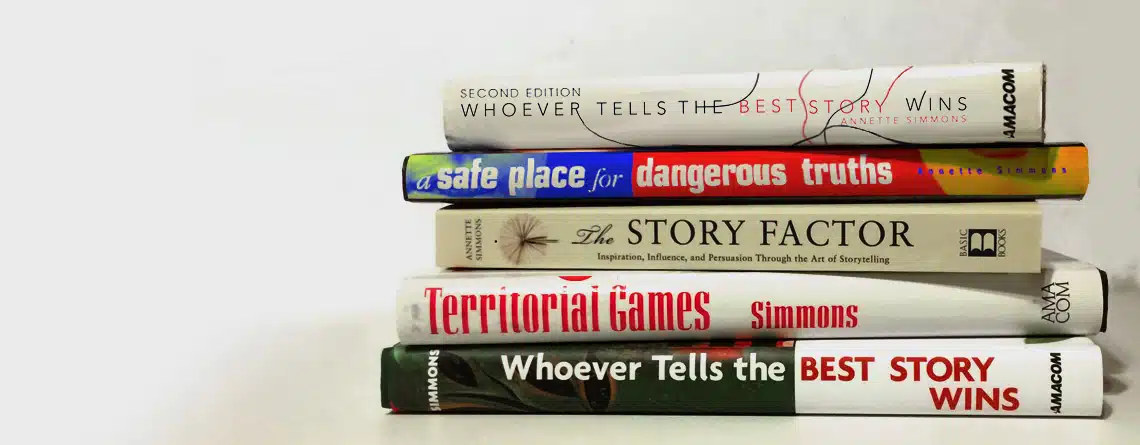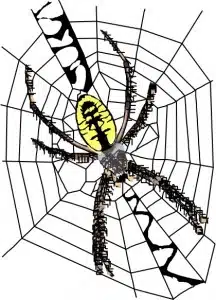
Ten Games #9: The Shunning Game
Ten Games #9: The Shunning Game Any time there were meetings called at the strategy level, he would ‘inadvertently’ not contact this person… a number of meetings were scheduled at the exact same time as this particular executive’s staff meetings.” “There was a lot of whispering and things going on. I’d walk back there to





